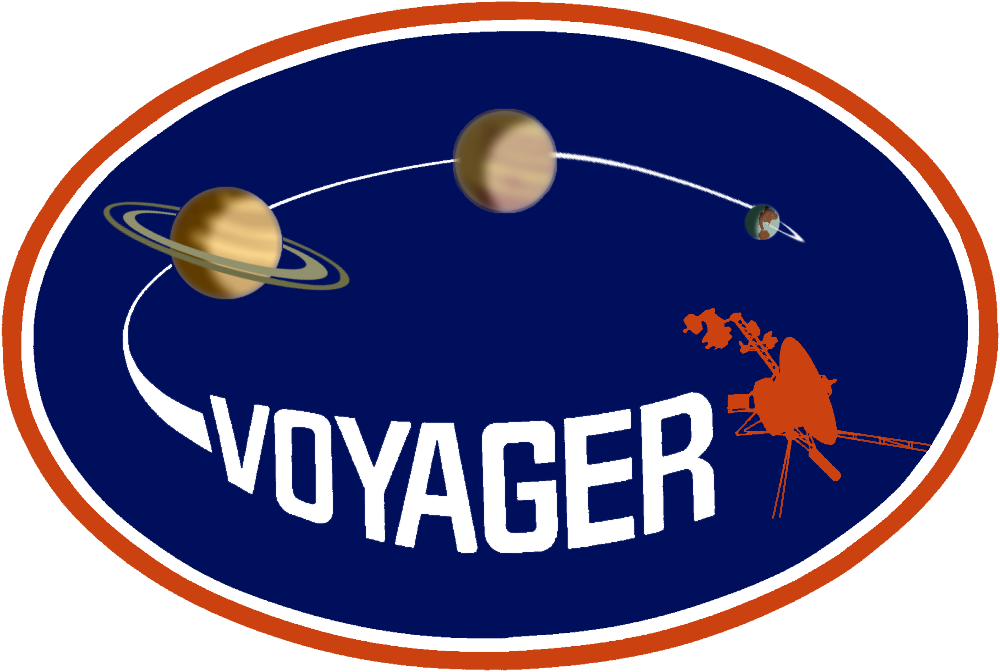
Introduction
The 3-axis spin stabilized Voyager 2 spacecraft were equipped with an enabling scan platform, a challenging limited computer and eight-track digital tape recorder. The mission was designed to take advantage of a planetary alignment that occurs every 175 years. Although Voyager’s goal was to explore Jupiter and Saturn and their environments, different options were reserved for the 2 crafts. Voyager 1 was targeted to Jupiter, Saturn and Titan while the Voyager 2 trajectory allowed it to continue on to Uranus and Neptune.
Uranus Flyby
Visual images were obtained from 1985-11-06 to 1986-02-19 with closest approach of the Voyager 2 spacecraft on Jan 24, 1986 coming within 81,500 km of the cloudtops. UV to green images (Voyagers cameras were red blind) showed little cloud structure, and, infrared observations revealed that the Uranus’ atmosphere was nearly isothermal even though, due to the axial tilt of the planet, the equatorial region receives less sunlight than the poles. A rotation rate of the planet of 17 hr 14 min was derived.
Detailed observations of the five largest satellites (Miranda, Oberon, Titania, Umbriel and Ariel) revealed complex structures, with Miranda showing totally unexpected structures. Maps of the observed regions were constructed and 11 new moons were identified.
Investigation of the ring system resulted in the discovery of 2 new rings and the characteristics of the magnetic filed were mapped.
References Helpful in Scoping the Mission
Mission Description
Spacecraft Description A list of pertinent references
Also See Space Science Reviews 21 (1977 – Issue 2) 77-101
Press Releases are available
Spacecraft Description A list of pertinent references
Also See Space Science Reviews 21 (1977 – Issue 2) 77-101
Press Releases are available
Understanding the Instruments and Archived Data
ISS - Narrow and wide angle cameras with filters in a 280-640 nm range
IRIS - Infrared Interferometric Spectrometer
UVS - Ultraviolet Spectrometer
PPS - Photopolarimeter Rings data only
MAG - Triaxial Fluxgate Magnetometer
LECP - Low Energy Charged Particle Detector
PLS - Plasma Spectrometer
PRA - Planetary Radio Astronomy Investigation
PWS - Planetary Wave Spectrometer
CRS - Cosmic Ray System
RSS - Radio Science System
IRIS - Infrared Interferometric Spectrometer
UVS - Ultraviolet Spectrometer
PPS - Photopolarimeter Rings data only
MAG - Triaxial Fluxgate Magnetometer
LECP - Low Energy Charged Particle Detector
PLS - Plasma Spectrometer
PRA - Planetary Radio Astronomy Investigation
PWS - Planetary Wave Spectrometer
CRS - Cosmic Ray System
RSS - Radio Science System
Other Useful Products for Interpreting the Data
Locating Voyager Publications
Geometry in "SPICE" format may be obtained at the NAIF node
 PDS: The Planetary Atmospheres Node
PDS: The Planetary Atmospheres Node



